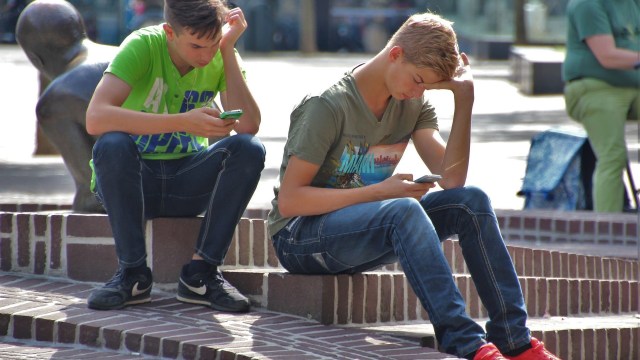Ancient philosophic scrolls — scorched by Vesuvius — could be made readable once again

Digital Restoration Initiative/University of Kentucky
- Researchers will be using new technology to examine famous ancient artifacts.
- They’ll use the powerful light source, Diamond, at the U.K.’s national synchrotron facility.
- The team has developed a special technique to virtually unwrap the scrolls so that they can be read.
Ancient charred scrolls written in a dead language made readable again. No, this isn’t the trick of some arcane mystic in a pulp story. It’s 21st-century fact. It may soon be, at least. Researchers are banking on a new technology that may help them read damaged documents from about 2,000 years ago.
“Any sufficiently advanced technology is indistinguishable from magic.” Arthur C. Clarke
The scrolls come from the ruins of Herculaneum, which was decimated and covered in ash by Mount Vesuvius in 79 A.D. They were unearthed in 1752 and have remained in scholarly custody ever since.
They were discovered in what’s believed to be the library of Julius Caesar’s father-in-law, Lucius Calpurnius Piso Caesoninus. The library has come to be known as the Villa of the Papyri, it is the only intact library from antiquities. The majority of the documents, however, are charred and rolled up like logs, making it impossible to unravel and read the text in a regular manner.
“Although you can see on every flake of papyrus that there is writing, to open it up would require that papyrus to be really limber and flexible – and it is not anymore,” Brent Seales, director of the Digital Restoration Initiative at the University of Kentucky stated.
Previous attempts to unroll the scrolls led to either their destruction or made the ink fade. This ingenious new technology may be able to enliven these unknown historical works again for a modern audience.
Light billion times brighter than the sun
Seales and his team will be using the synchrotron, the Diamond Light Source, a powerful facility that is able to produce light billions of times brighter than the sun by accelerating electrons to nearly the speed of light.
They’ll be testing this method on two intact scrolls and four smaller fragmented ones from L’institut de France.
Laurent Chapon, physical science director of Diamond Light Source told Reuters:
“We. . . shine very intense light through (the scroll) and then detect on the other side a number of two-dimensional images. From that we reconstruct a three-dimensional volume of the object. . . to actually read the text in a non-destructive manner.”
In the research paper, “From invisibility to readability: Recovering the ink of Herculaneum,”the scientists describe the process behind this new technology.
“We demonstrate a new computational approach that captures, enhances, and makes visible the characteristic signature created by carbon ink in micro-CT.”
This methodology utilizes photographs of the scroll fragments which are visible to the naked eye. Next, the researchers will teach a set of machine-learning algorithms to find where the ink is expected to be in x-ray scans of the same fragments.
The entire idea behind the process is that the algorithm will be able to find the differences between the blank and inked area sections from the x-ray scans, which should then create a full visualization of the papyrus fibers.
Seales said that the team has finished collecting all of the x-ray data and are in the process of training their algorithms.
“We do not expect to immediately see the text from the upcoming scans, but they will provide the crucial building blocks for enabling that visualization,” Seales states in a press release.
If the technique works, the team hopes to apply their new system to 900 other Herculaneum scrolls that came from the villa:
“The tool can then be deployed on data from the still-rolled scrolls, identify the hidden ink, and make it more prominently visible to any reader.”
What do the scrolls contain?
The researchers can only speculate as to what the scrolls contain.
Seales states, “For the most part the writings [in opened scrolls] are Greek philosophy around Epicureanism, which was a prevailing philosophy of the day.”
It’s possible that the scrolls may contain Latin text. A majority of classical libraries usually have both a Greek and Latin section, yet only a few scrolls from Herculaneum have been found to be written in Latin.
Papyrologist and classicist at the University of Oxford, Dr Dirk Obbink, who has been involved with the work believes that some of the text may be written in Latin.
“A new historical work by Seneca the Elder was discovered among the unidentified Herculaneum papyri only last year, thus showing what uncontemplated rarities remain to be discovered there,” he stated.
Obbink hopes that some of the scrolls may contain lost works, such as more poems by Sappho or Mark Antony’s treatise on his own drunkenness: “I would very much like to be able to read that one.”
This new technology will give us a greater capability to unravel the secrets of our past lost to disaster. Thousands of unreadable scrolls and damaged artifacts could one day see the light once again.





